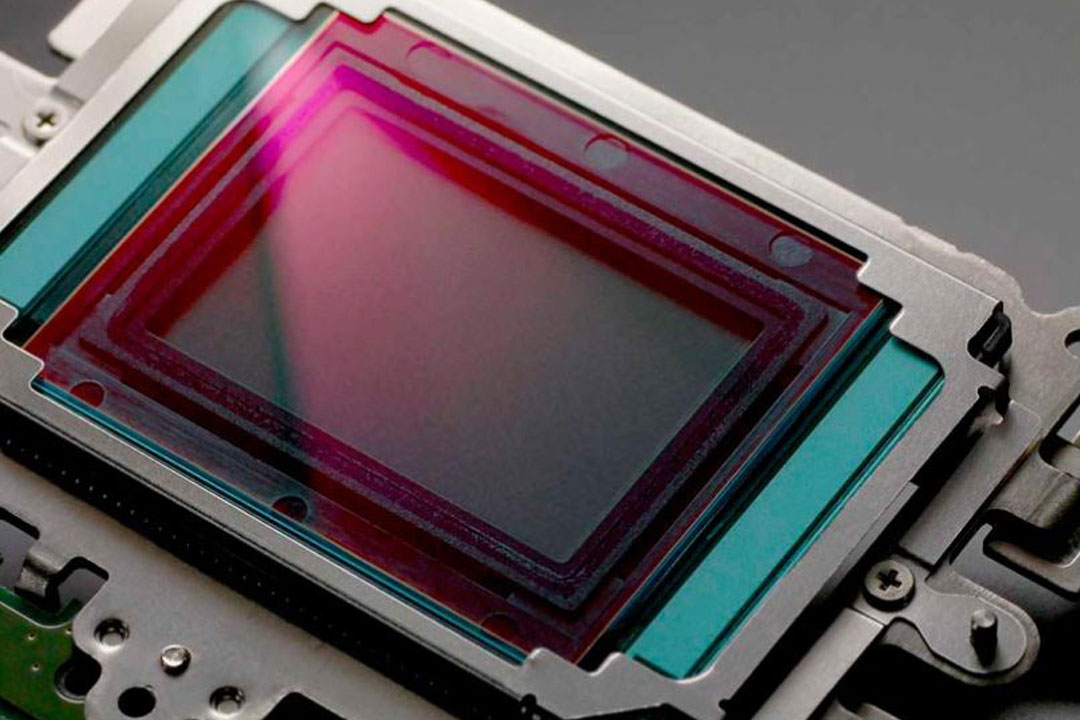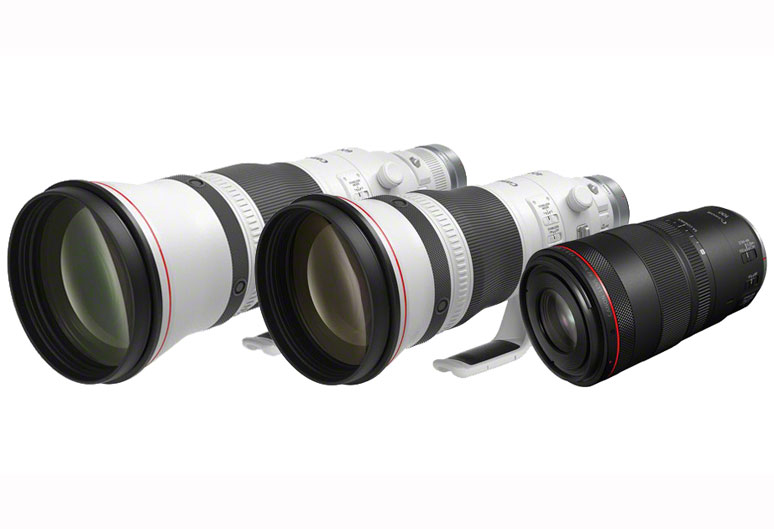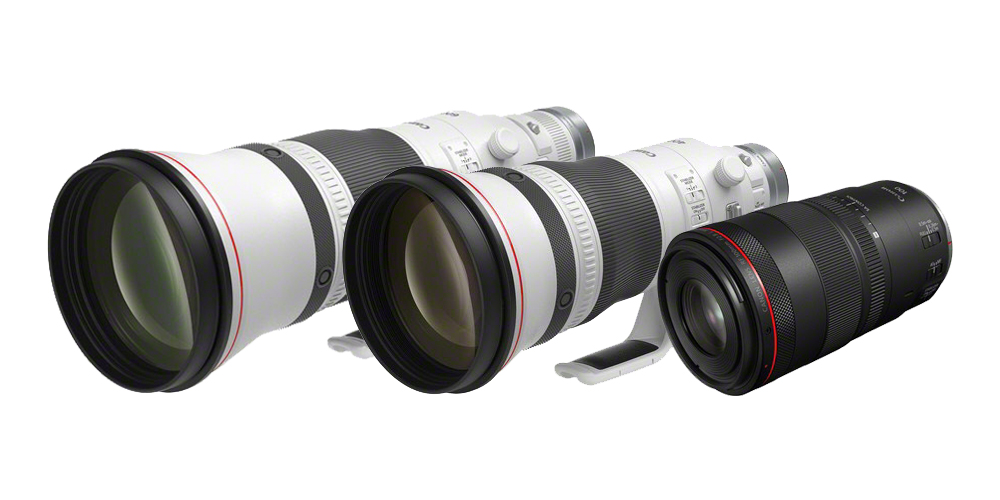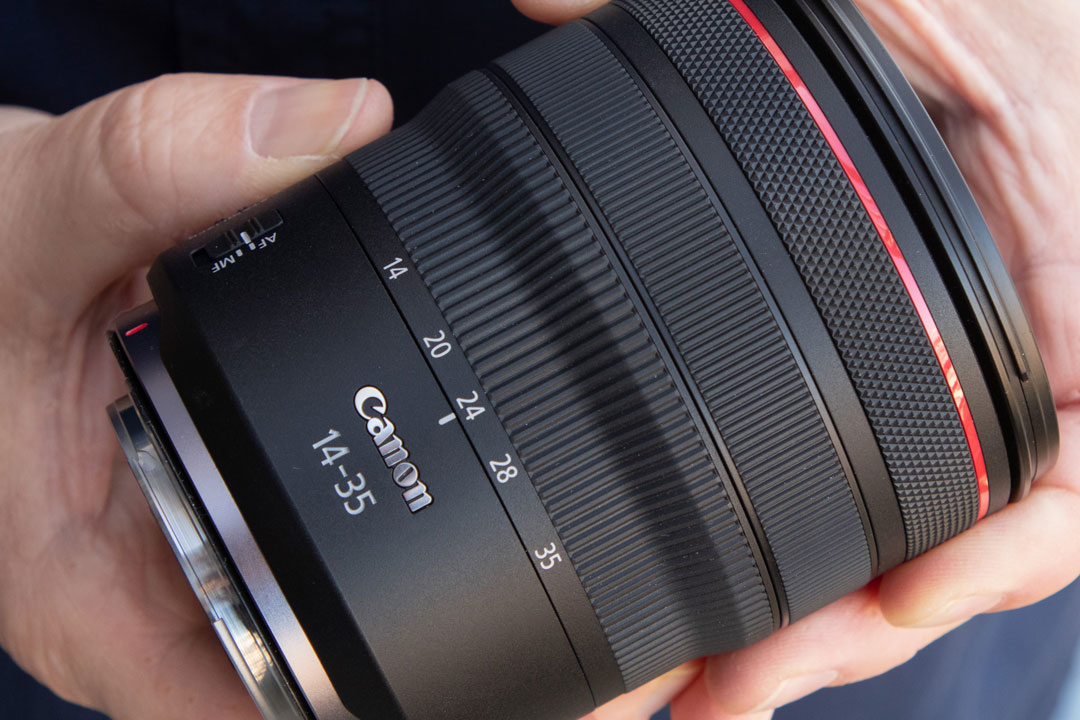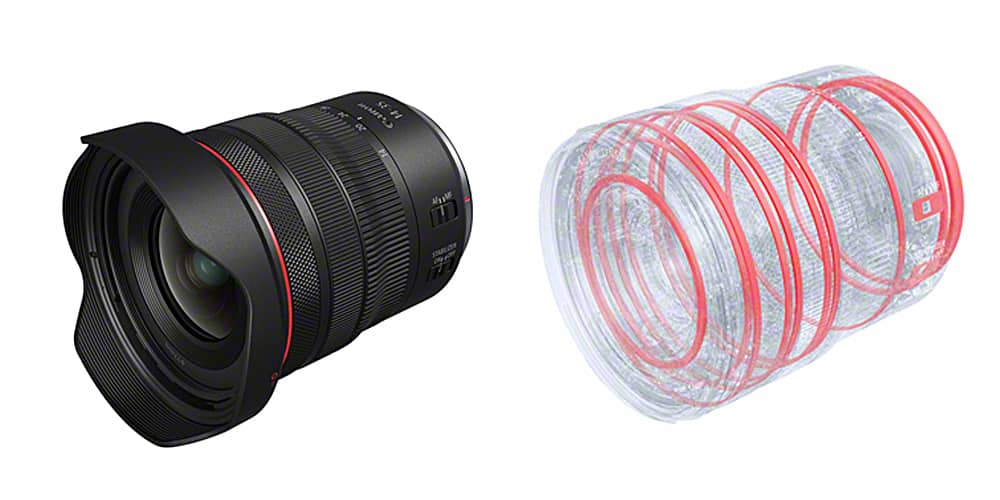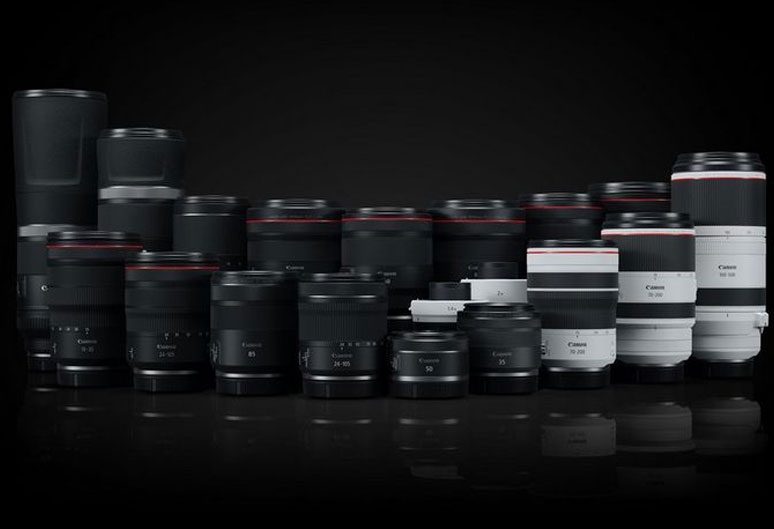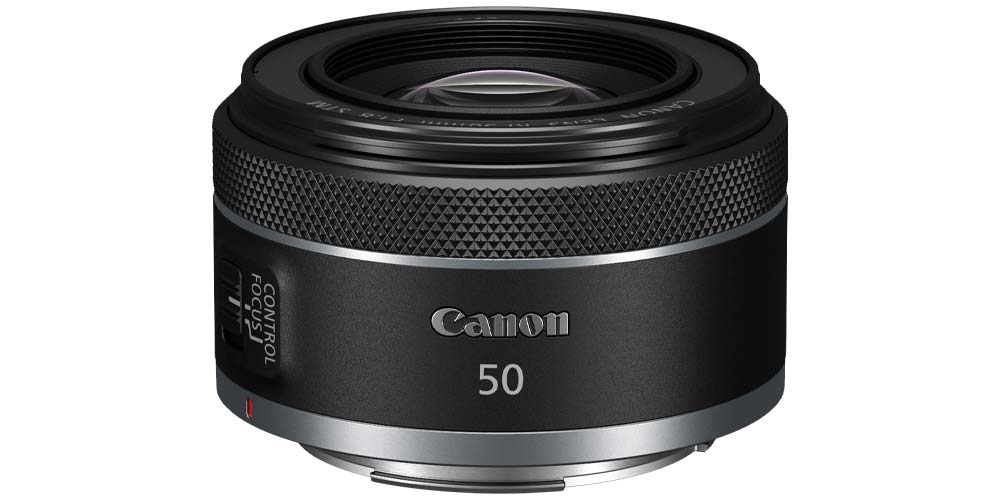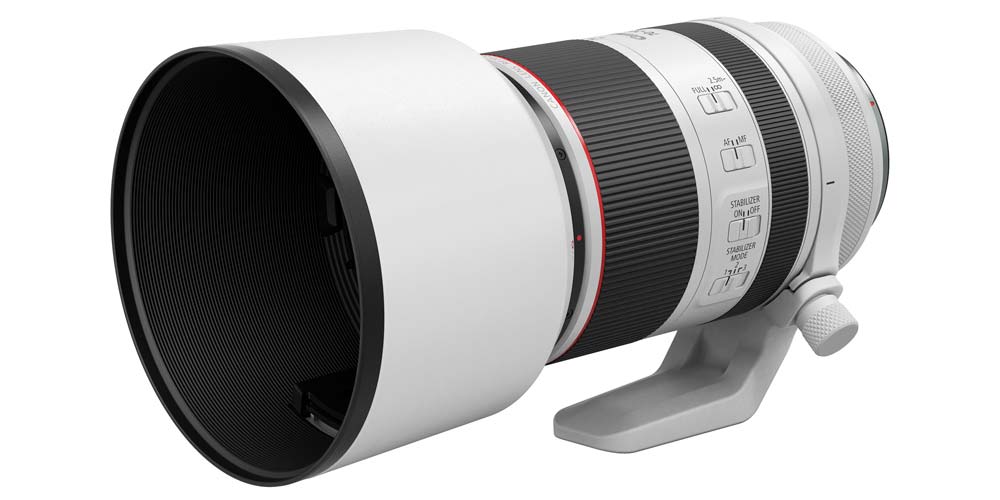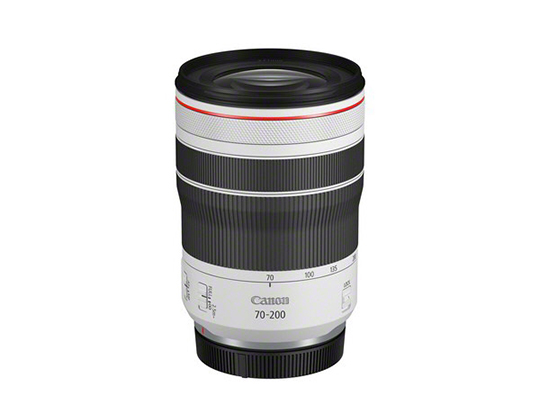APS-C digital camera sensors are smaller in size to “full frame” digital camera sensors. Cameras with an APS-C sensor are usually cheaper, smaller and better for distant subjects than their full-frame counterparts. With Canon and Nikon producing mirrorless cameras with APS-C sensors there is now a level playing field in terms of viewfinder format – no more DLSR vs Mirrorless – to distract from the technology at the core of the cameras. We have put 4 important bodies side by side but first lets explore what an APS-C camera really is.
What is an APS-C Sensor?
APS C stands for Advanced Photo System “Classic” which was a format of film that was smaller than 35mm film rolls. The image size is 25.1×16.7 mm compared to a full frame image on a 35mm roll which has space for a negative image 36x24mm. These standard sizes carried on into digital camera sensor manufacture because lens manufacturers all had lenses that worked well on those formats. APS-C digital sensor units are smaller and so easier to make compared to the larger full-frame 35mm digital sensors, the format has been around longer than digital cameras and have some distinct advantages:
1. APS-C digital imaging sensors are cheaper. The imaging sensor in a digital camera is one of the most expensive single parts of a digital camera. A smaller APS-C sensor is less expensive than a full-frame imaging sensor and so APS-C format cameras are usually cheaper overall than their full-frame counterparts so APS-C cameras are often more affordable.
2. Your lenses are longer with an APS-C sensor. If you put a 300mm lens on an APS-C camera body it will look like you are using a 480mm lens if you are used to using a full-frame 35mm sensor camera because the smaller image-sensor crops-in to the middle of the image-circle projected by the lens. This is useful for telephoto lens users who need extra reach, using an APS-C sensor camera will fill the frame more with a distant subject.
3. Dedicated APS-C lenses are lighter. The APS-C format is smaller so the lens needs only project a image-circle to fit to the corners of the APS-C rectangle. The individual optics can be smaller and it is in the glass optical lenses that most of the weight of a lens is held. With this weight saving a dedicated APS-C sensor kit of cameras and lenses can be a fraction of the weight of a full-frame equivalent kit.
Four APS-C Sensor Cameras Compared
Key specifications compared
| Fujifilm X-H2S | Canon EOS R7 | Nikon Z50 | Sony Alpha A6600 | |
|---|---|---|---|---|
| Release Year | 2022 | 2022 | 2019 | 2019 |
| Resolution Megapixels | 26.1 | 32.5 | 20.9 | 24.2 |
| Max. Video Resolution | 6.2K 30P | 4K 60p | 4K UHD 30p | 4k HDR (HLG) |
| Weight | 660g | 612g | 450g | 503g |
| Image Stabilisation | Yes: 7 Stop | Yes: 8 stop | No | Yes: 5 Stop |
| Lens mount | Fuji XF | Canon RF | Nikon Z | Sony E |
Fujifilm X-H2S
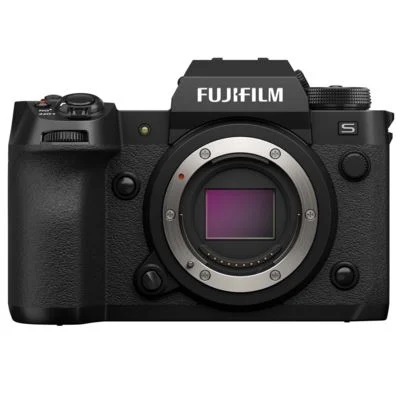
Lanched today the X-H2S is a powerful storytelling tool that combines high-end photographic and filmmaking features for full creative freedom. With a 26.1MP BSI X-Trans 5 stacked sensor and X-Processor 5, the X-H2S delivers an outstanding 14-stop dynamic range. For motion professionals, this camera also offers a wealth of recording options, including 6.2K 30P, and up to 7-stops of in-body image stabilisation.
Canon EOS R7
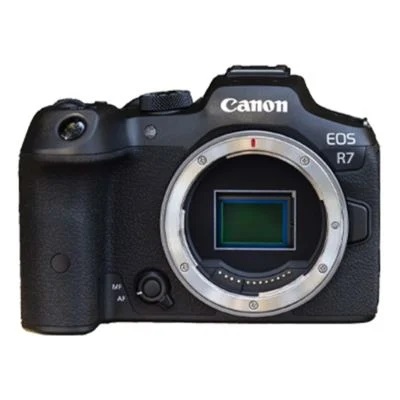
Lanched on May 24th the EOS R7 camera continues Canon’s legacy of formidable next-generation mirrorless tech, packing precision autofocus, state-of-the-art image stabilisation and incredible speed. This RF-mount camera with an APS-C sized sensor provides the ideal balance between resolution, speed and low-light performance for a truly hybrid result that’s capable of competing with other professional full-frame models.
Nikon Z50
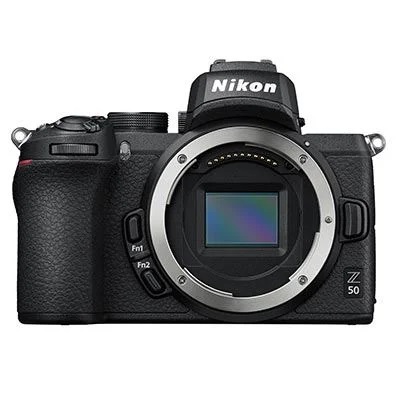
The Nikon Z50. A welcome addition to the Nikon mirrorless family, the Nikon Z50 comes as an affordable bridge between beginners to enthusiast consumer camera systems. Inheriting features and inspiration from the successful Nikon Z6 and Z7 cameras, including the Nikon Z mount and the impressively fast and wide Hybrid autofocus system; the Z50 features a large 20.9 megapixel DX CMOS sensor and a powerful EXPEED 6 Image Processor. The power of the sensor and processor, coupled up with Intelligent Eye-Detection AF and 209 AF points across the frame allows for edge-to-edge sharpness and detail in your photos and videos. Capable of 4K/UHD recordings at 30p and 20 in-camera effects, this camera offers a whole host of creativity and versatility.
Sony A6600
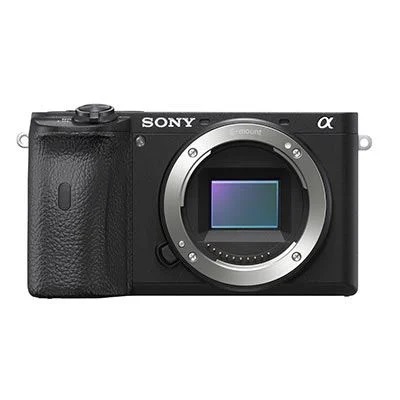
With this body, it is all about incorporating beautiful detail and high resolution images combined with super-fast and powerful processing, all in a compact shell. The A6600 hits the brief with ease. This system caters to the needs to enthusiasts and professional alike, and in both photography and videography because of the pure quality of its capture. Its compact nature makes it perfect for travel documentaries as well as vlogging. Yet, it can be used for any type of photography with Wex Photo Video’s whole range of Sony E mount lenses.
To stay in the loop. For future events and announcements sign up to the Fixation newsletter.

